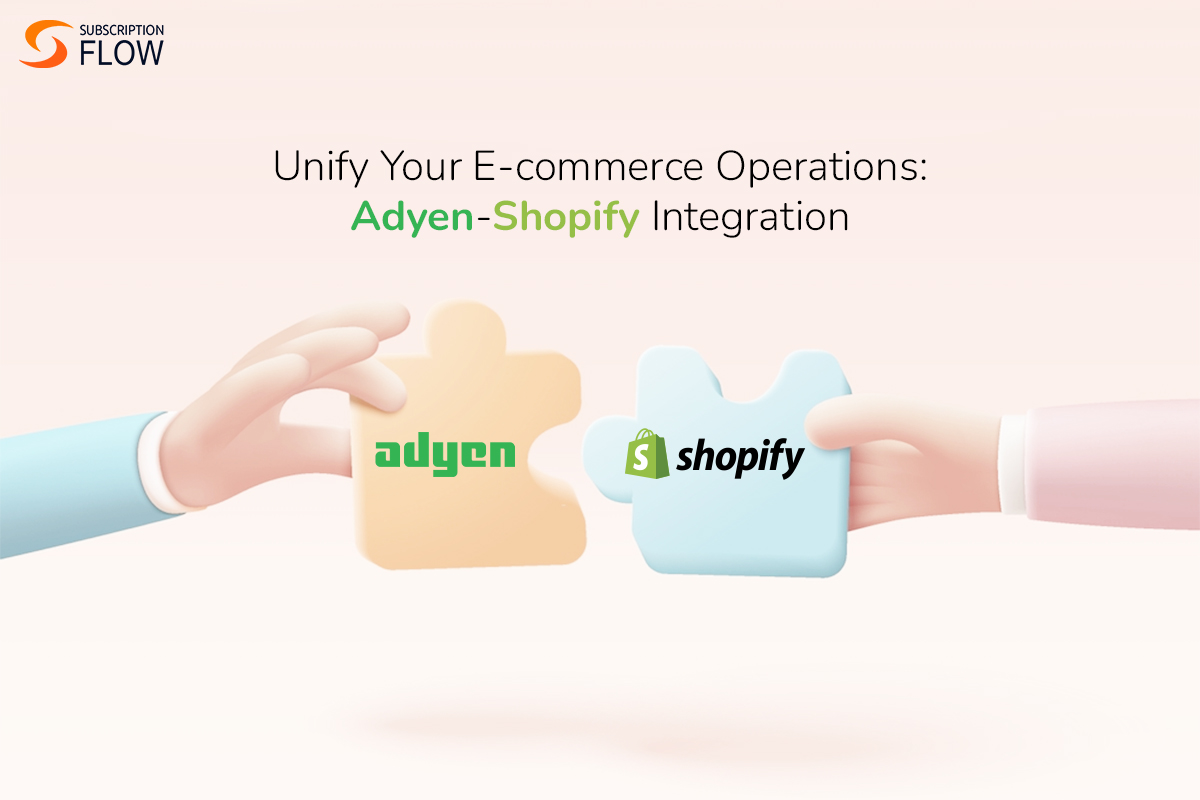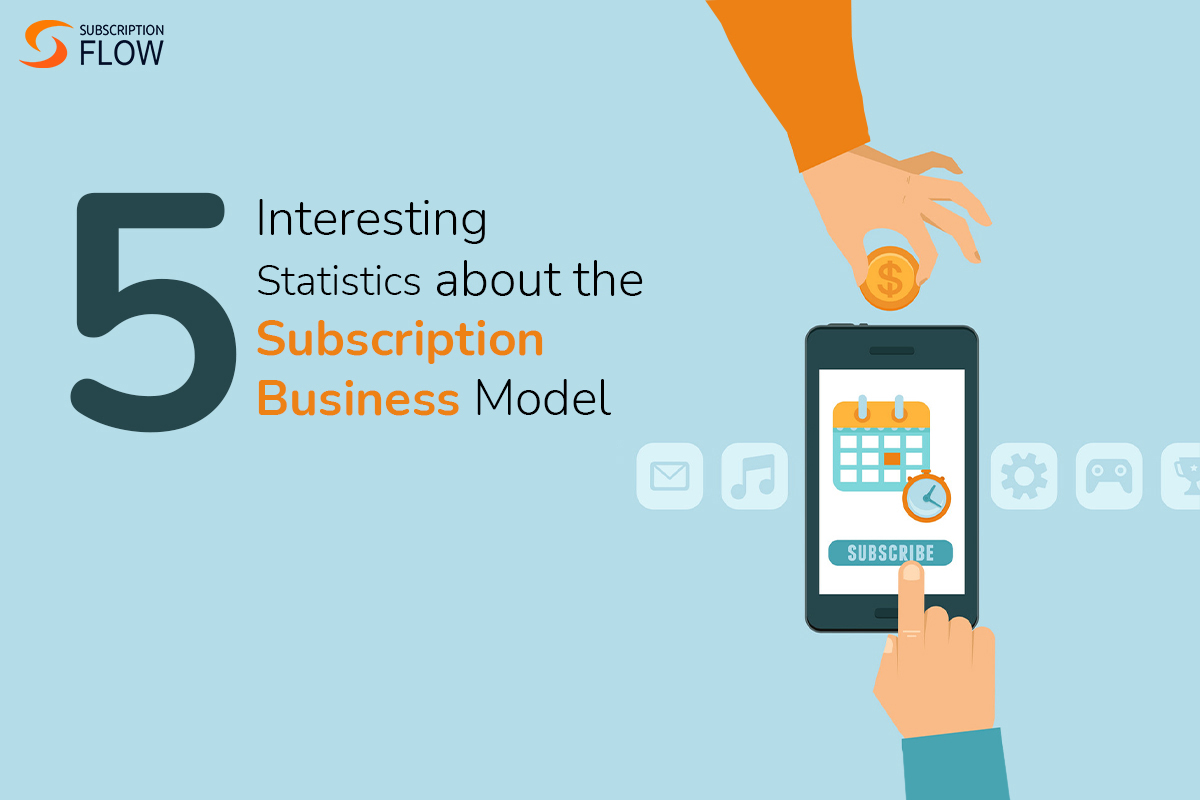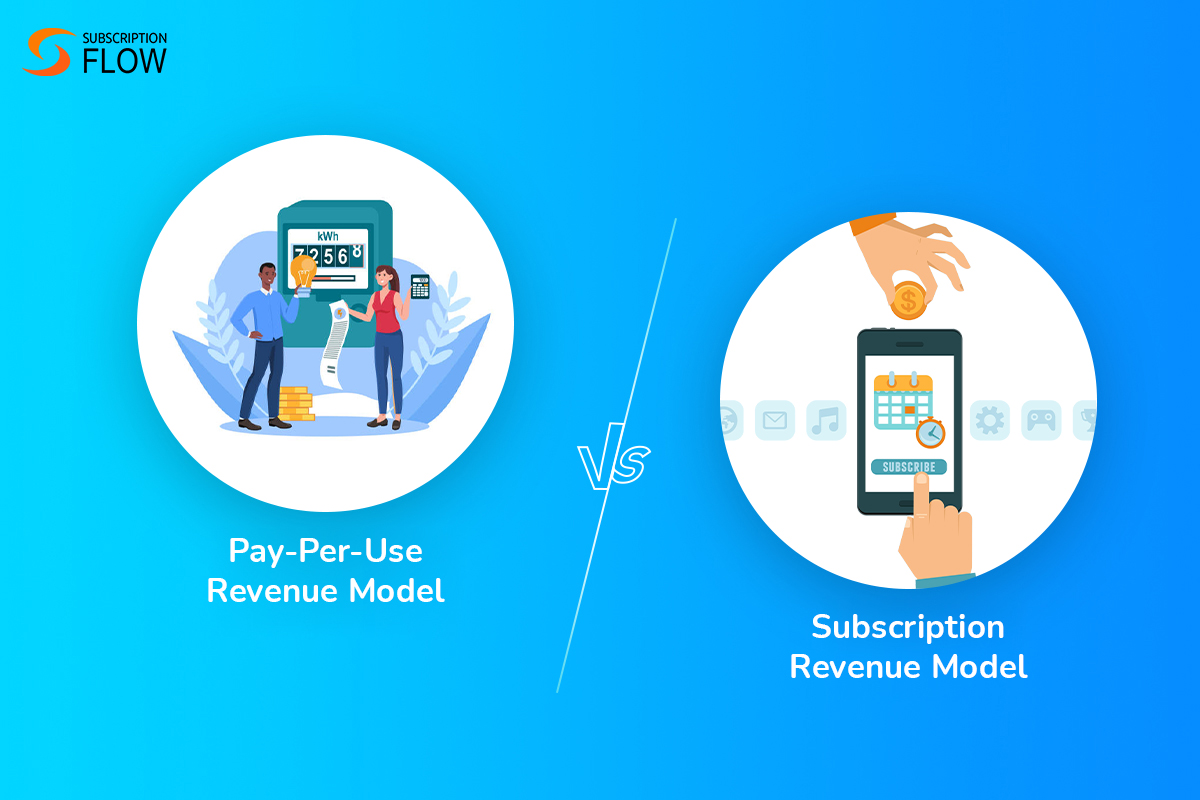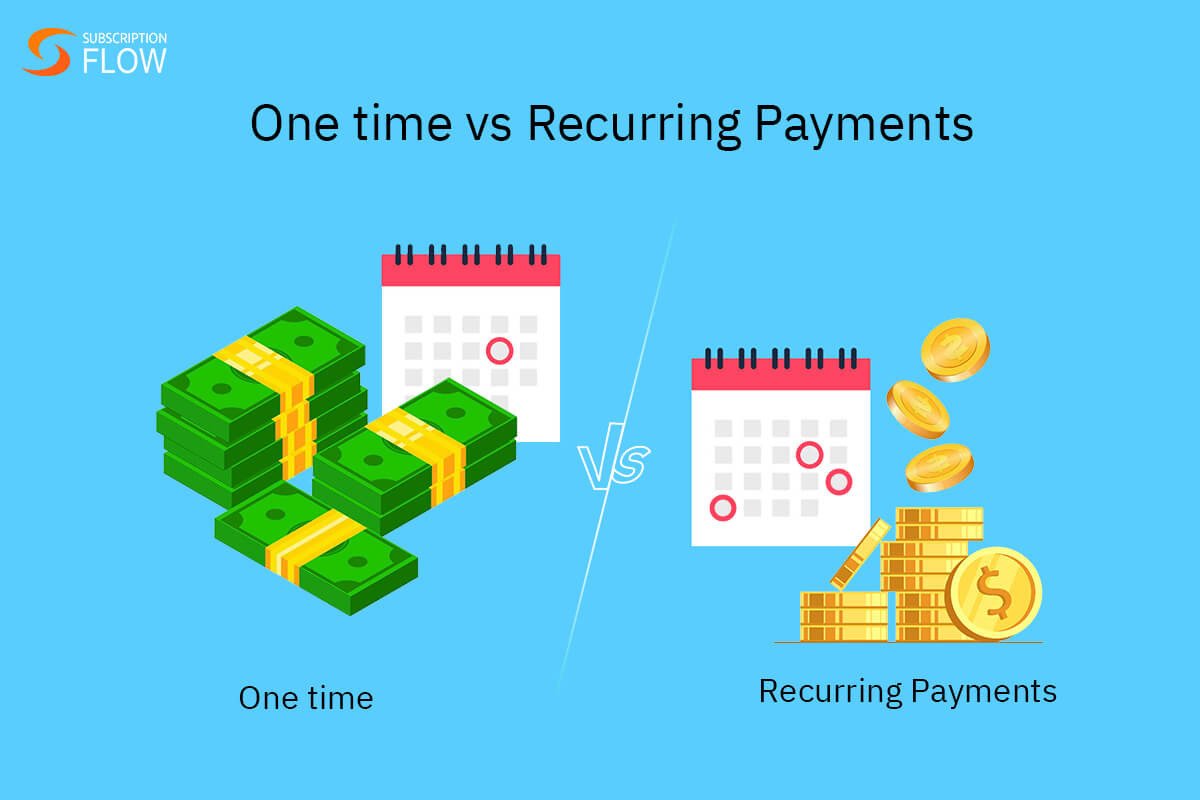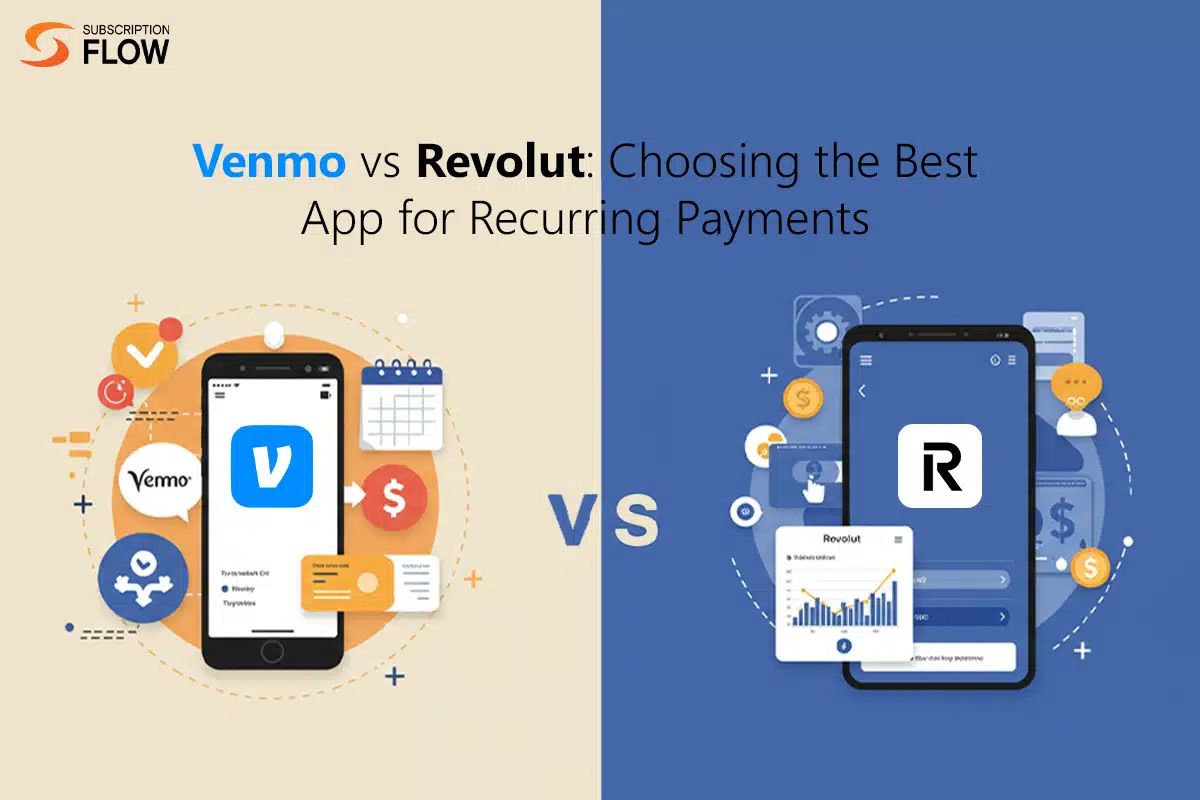
Venmo vs Revolut: Choosing the Best App for Recurring Payments
In today’s subscription landscape, customer convenience and revenue consistency are key for business success. Customer convenience can be provided by offering familiar payment methods, and easy billing. Meanwhile, revenue consistency can be ensured by smooth recurring payment cycles.
Venmo and Revolut are two widely used payment apps that facilitate convenient transactions. Both apps are known for their ease of use and customer friendly solutions. However, none of these apps is purpose-built for recurring payments. That’s where SubscriptionFlow comes in.
SubscriptionFlow bridges the gap between these payment apps and recurring billing. But how to know which app between Venmo and Revolut is more suitable for subscription businesses? Let’s find that out by comparing their key features. Let’s also explore how SubscriptionFlow enhances their functionality.
Venmo vs Revolut: Brief Overview
Venmo is a payment application that is US-exclusive. It allows convenient peer-to-peer transactions between US users. It is ideal for transferring payments to friends and family, as well as for splitting bills and rents. Venmo also offers users a social feed within its app where they can share their transaction history.
Fellow users can interact with these posted transactions by reacting to them, or leaving messages. These features make Venmo a casual and user-friendly payment solution, perfect for personal use. However, that is also Venmo’s limitation. It is not designed to handle subscription payments.
Revolut, on the other hand, is also a payment app, but with global reach. It is not only limited to the US like Venmo, and operates in various countries across the globe. Revolut also supports an extensive network of currencies, making it a great fit for international transactions.
However, these international transactions are also more oriented for personal rather than business use. While Revolut does support recurring payments, this support is limited. Like Venmo, Revolut is also mainly suited to payments made on a small scale.
Venmo vs Revolut: Feature-by-Feature Comparison
Let’s now compare the main features of these two apps to understand their functionality better:
Support for Recurring Payments
- Venmo: Does not offer direct support for recurring payments. Requires integration with external platforms for it.
- Revolut: Offers a limited support for recurring payments. Allows users to set up payment schedules within the app. For instance, they can send payments on a daily, weekly, or monthly basis to other bank accounts.
However, users have to choose from the schedule options available. They cannot customize payment cycles themselves. Once they select a cycle, such as daily, their payments are automatically transferred to the chosen account on a daily basis.
This means that Revolut allows subscription payments, but they are customer centric, not business centric. Business accounts on Revolut can’t set up recurring payment cycles for their customers. Customers are the ones who initiate payment.
International Payments
- Venmo: Does not offer international payments or support for other currencies.
- Revolut: Facilitates global payments, and allows users to hold funds in multiple currencies.
Business Accounts
- Venmo: Allows users to create personal accounts that can be changed into business accounts to receive customer payments.
- Revolut: Also allows the creation of both personal and business accounts. It is more business oriented as compared to Venmo. That is because it offers a bundle of financial management tools that Venmo doesn’t. They include expense management and analytics for improving cash flow.
Automated Workflows
- Venmo: Does not support automated workflows without integration.
- Revolut: Supports limited automation, such as in recurring payments. Recurring payments automation is enabled by customers, not businesses.
Subscription Management
- Venmo: Does not support subscription management at all.
- Revolut: Supports basic subscription management for customers. Customers can view all their recurring payments history easily. They can also cancel subscriptions from within Revolut so that their payments are not deducted in the future.
Revolut also notifies customers regarding their upcoming payments. These help them budget efficiently. They are also notified when their account does not have enough funds for an upcoming payment.
These features are also all customer-centric, and do not facilitate businesses with managing recurring payments.
Payment Methods
- Venmo: Supports a variety of payment methods including Venmo balance, credit/debit cards, linked bank account and payment links.
- Revolut: Also supports various methods such as debit cards, bank transfers, Revolut Pay, and payment links. It doesn’t allow money deposits via credit cards.
Transaction Fees
- Venmo: Does not charge any fee if users send money via their Venmo balance, bank account or debit card. But, it does charge 3% fee on credit card transfers. The platform charges 1.75% of the total amount for instant transfer to bank.
Businesses receiving customer payments for products or services are charged 1.9% of the total amount + $0.10.
- Revolut: No fees are applied to bank transfers (except for in special cases). Money transfers to local debit cards cost 1% of the total amount. Transfers to local credit cards or international debit cards cost 3% of the total amount.
Instant transfer is available too, but its fees depend on the payment method and country. Businesses are also charged fees for customer payments. These fees vary according to card types.
SubscriptionFlow Powers Seamless Recurring Payments via Venmo and Revolut
Venmo and Revolut do not support subscription payments. Revolut offers recurring payments, but they are limited, and customer-initiated. If businesses want to accept automated recurring payments through these payment apps, SubscriptionFlow offers them an unmatched solution.
SubscriptionFlow offers easy integrations with both Venmo and Revolut. Once users enable these payment apps in SubscriptionFlow, they can easily accept customer payments through them. SubscriptionFlow allows users to:
- Offer Multiple Payment Methods
Customers can be offered a wide range of payment methods for their subscription payments. These methods include Venmo and Revolut. If customers choose these two apps, then SubscriptionFlow enables automatic recurring payment collection through them.
Thus, while Revolut and Venmo do not offer recurring billing themselves, users can rely on SubscriptionFlow to set up automated billing workflows using these apps.
- Set Up Flexible Billing Cycles
Businesses can set up the billing cycles of their choice, such as weekly, monthly, and quarterly, for their customers. These cycles can then be set to run automatically. SubscriptionFlow proactively tracks each customer’s billing schedule, and automatically collects payment on time.
- Unlock Advanced Subscription Management
If customers modify their subscription plans (for instance, if they upgrade or downgrade), SubscriptionFlow adjusts their charges accordingly. Charges are modified without the need for manual interference. When the new billing cycle arrives, customers are automatically charged the updated prices.
SubscriptionFlow also handles refunds smartly. In case a customer downgrades their plan, it prorates their charges precisely, and then issues them a refund.
- Invoice Automatically
With SubscriptionFlow, businesses can automatically generate invoices for their Venmo and Revolut customers. In case the customers don’t prefer automated payments, their invoices can be sent to their customer portals. These portals are also powered by SubscriptionFlow.
Invoices contain one-click payment links. When customers click on the links to pay, their payments are smoothly collected from their Venmo or Revolut accounts.
- Carry Out Automatic Payment Retries
Venmo and Revolut do not support payment retries for businesses. Payment retries become necessary when customer payments fail due to any reason. If payment failures are not addressed, businesses can easily lose both revenue and customers.
SubscriptionFlow enables automated payment retries. When payment failures occur, the system makes repeated payment attempts following a smart schedule. Payment attempts are repeated until funds are secured from customers’ Venmo or Revolut accounts.
This boosts payment success rates, and minimizes chances of revenue leakage.
So Which Payment App is Better for Recurring Payments?
Both Venmo and Revolut simplify business transactions in their own unique ways. Businesses can offer either one of them to attract customers who prefer convenience and easy payments.
Your choice between Venmo vs Revolut depends upon your customer base. If you only cater to US customers, then you can work with both Venmo and Revolut. However, if you deal with an international client base, then Revolut is the right platform.
Your decision between the two platforms can also be influenced by their fees, and other features that we explored in detail.
And if you’re looking to accept recurring payments via either Venmo or Revolut, then SubscriptionFlow is your perfect partner. It enables you to integrate with either one or both of the apps to power smooth recurring billing cycles.
Try SubscriptionFlow today to integrate with Venmo or Revolut. Offer your customers unparalleled convenience while keeping your revenue stream strong.


